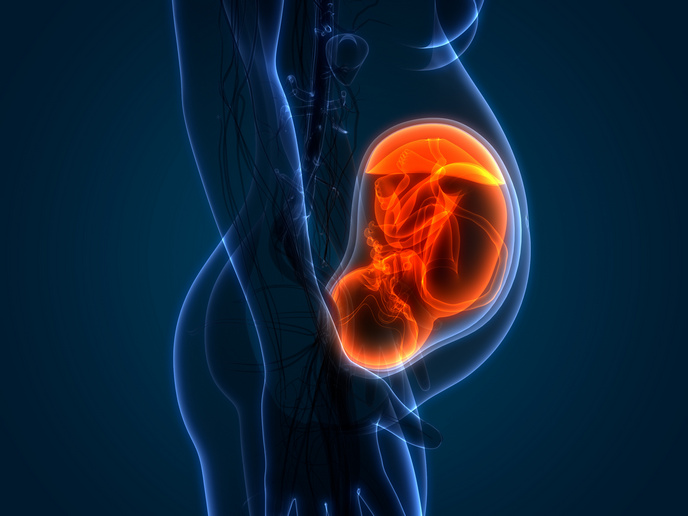New hope for periodic fever syndrome
In studies with patients presenting otherwise unexplained periodic fever syndrome, researchers have been looking to identify mutations in the inflammasome. When assembled, this inflammasome, a multiprotein complex, activates caspase-1, which promotes secretion of proinflammatory cell-signalling protein molecules (cytokines). A recent study discovered procaspase-1 mutations in a sample of patients, and on enzymatic investigation discovered certain processes linking their activity to autoinflammation. This phenomenon has been tentatively named 'ICE Fever'. In these cases, caspase-1 was seen to reduce proteolytic activity, resulting in overactivity of the pro-inflammatory RIP-2 pathway. RIP-2 is a protein regulating the recruitment of caspase proteins, which are essential to programmed cell death (apoptosis). The 'Establishing a mouse model for ICE Fever, a novel autoinflammatory syndrome associated with procaspase-1 mutations' (Model for ICE fever) project is working to establish a mouse model for ICE Fever. This will be used for experiments aiming to decrease the proteolytic activity of procaspase-1 while retaining its ability to recruit RIP-2. Initial work has succeeded in constructing vectors for transgenesis to the mice in order to secure appropriate expression of the mutated gene. The vectors, 'vehicles' in the form of DNA molecules used to transport genetic material, have already been characterised in detail, and a subcutaneous thermosensing system has been purchased for their implantation into the mice. The EU-funded Model for ICE fever researchers will monitor mice for any signs, symptoms and abnormalities indicating autoinflammation. Ongoing work is set to produce the first mouse model for ICE Fever – a condition that up to now has been considered a mysterious autoinflammatory syndrome.







